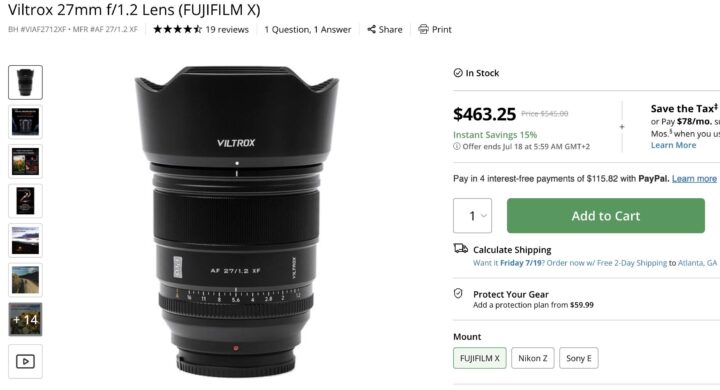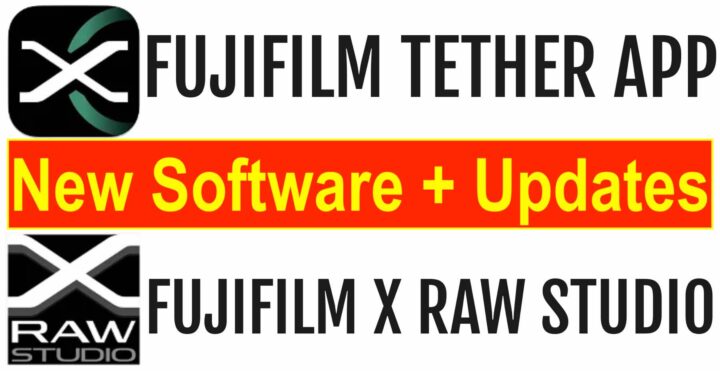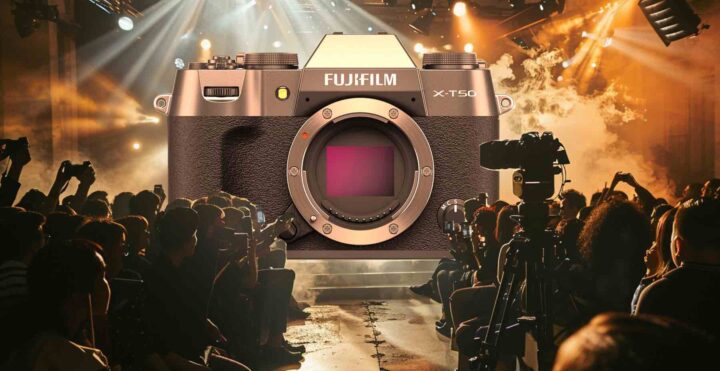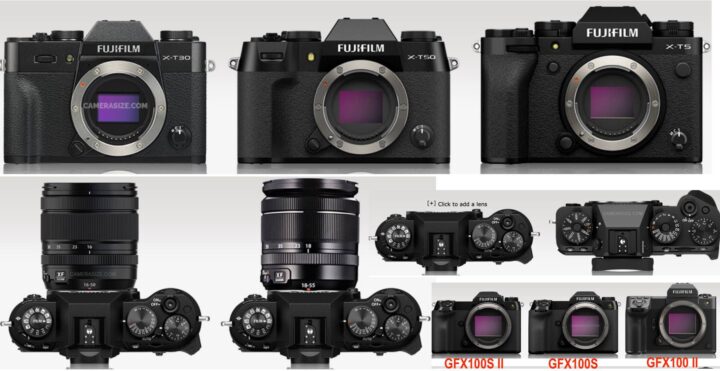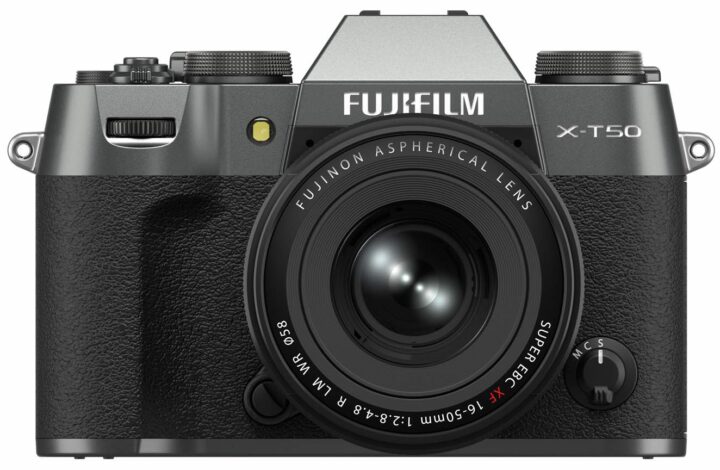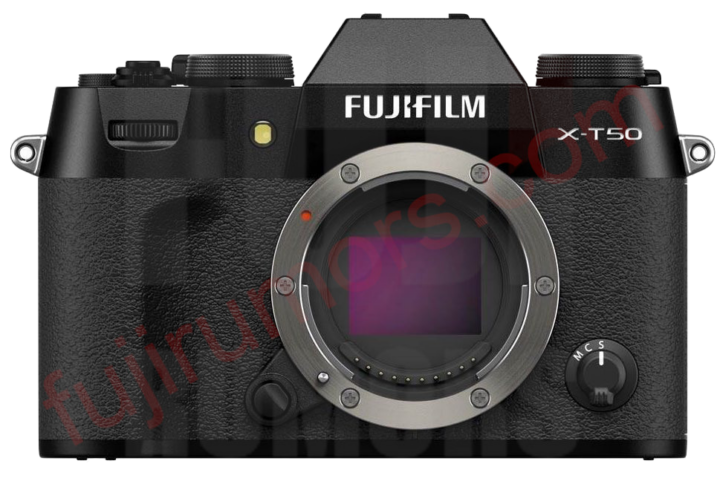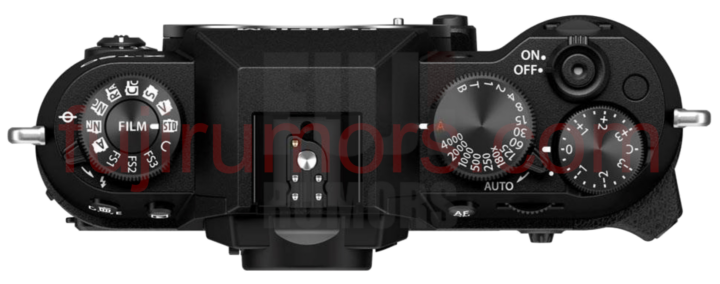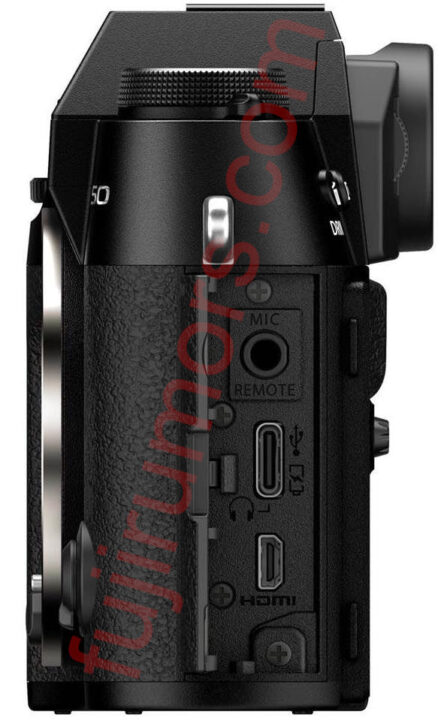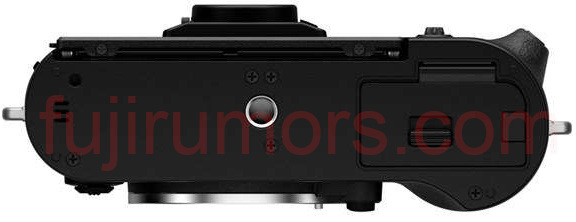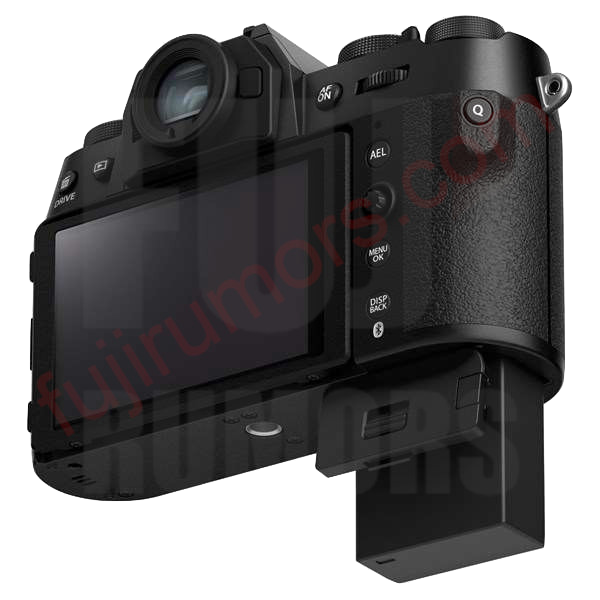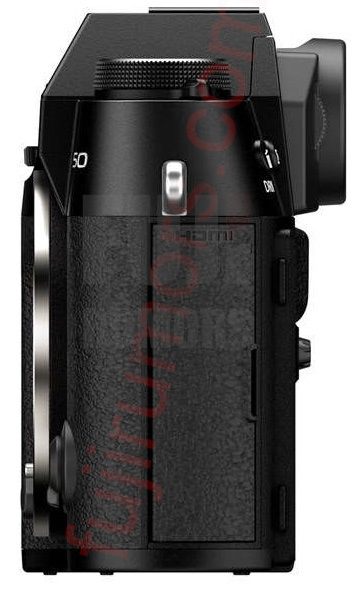Get Fujifilm X-T5 Alike Sized Viewfinder on Smaller X Series Cameras with This 3D Printed Accessory
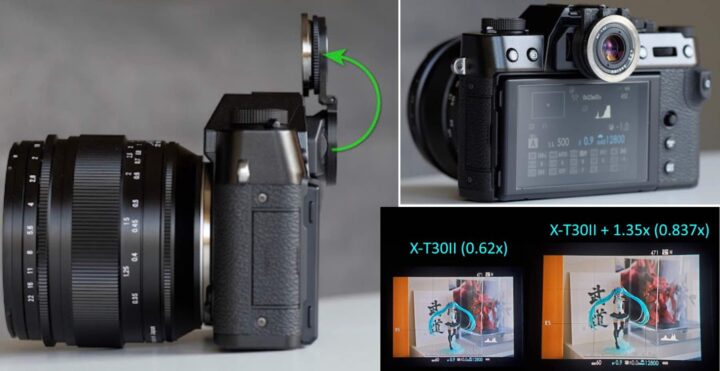
Usually when Fujifilm launches a new compact camera, there are always people who wish it had a larger EVF.
Of course that’s not possible, if the concept of the camera is to be compact and small. You have to make tradeoffs.
Personally I am fine with this choice. The EVF on my X-E3 is certainly not big, but big enough for my type of shooting. I am certainly not wishing of a larger EVF on my compact X-E3, but rather for a tilt screen to avoid to shoot like this ;).
And yet, there are plenty of people desiring a larger EVF and if you are among them, then this could be a solution.
Fellow Fujifilm X Shooter Yukosteel has designed a 3D printed solution to use DSLR magnifiers adapted to X-T30 and alike cameras, to make EVF 0.76x – 0.84x magnified, larger than X-T series.
Yukosteel has published article which you can read here and after more testing he also published 3D printable adapter models.
Yukosteel also plans to design an adapter for X-E and X100 series in nearest future, which is a bit more complex task but doable.
Read the full story at yukosteel here.

